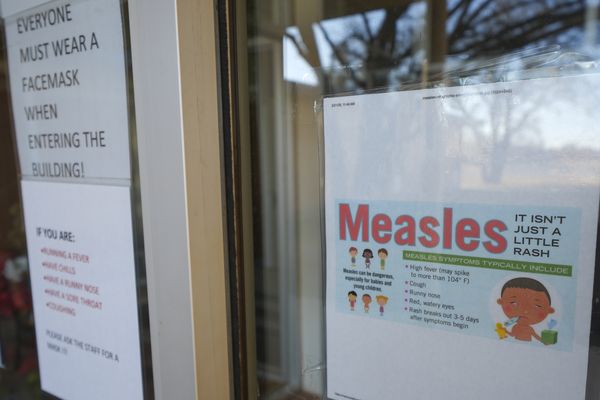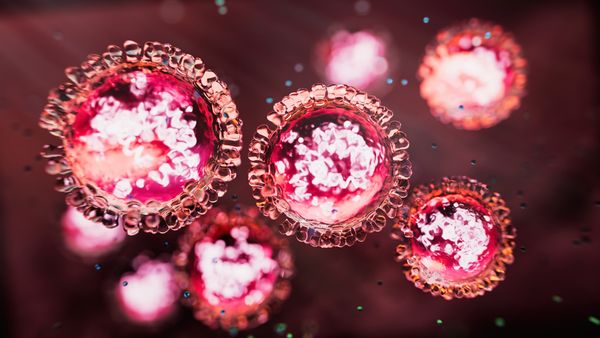DEAR MAYO CLINIC: My 14-year-old son grew almost 4 inches in the last year. I noticed that he has a few pink and purple streaks on his legs and back. They look a bit like stretch marks, but I thought that happens only during pregnancy. Are stretch marks common during teen years? I've heard that putting cocoa butter on the skin will get rid of stretch marks, but are there other things we should try?
ANSWER: It is possible that your son developed stretch marks during his growth spurt. When rapid growth or weight gain occurs, especially during teenage years, it is common for stretch marks to appear in boys and girls alike.
There are many changes during the teen years. Some changes can be difficult for teens to accept, especially when it comes to their bodies and the way they view themselves. Stretch marks can be one of these changes.
Stretch marks, also called striae distensae, occur when skin gets overstretched. They can occur in the abdomen, chest, hips, lower back and thighs. Because of the connective tissue and collagen in these areas, stretching too much causes the purple-reddish scars to appear. Over time, they usually become whiter and thinner.
Other factors that make teens predisposed to stretch marks include a genetic risk or family history of stretch marks, being overweight or obese, pregnancy, and topical or oral steroids like prednisone.
Many parents and teens turn to the internet to figure out what they can do about stretch marks. What they'll find is advice to try a variety of so-called "miracle cures," spanning from coffee grounds to lemon juice to vitamin E to a host of creams. Some sources even say to cover the marks in plastic wrap. It can be difficult to know what is true and what is just an old wives' tale.
Home remedies, such as cocoa butter, vitamin E oils and glycol, will claim to make stretch marks fade or disappear. Most likely, these will not help with the disappearance of stretch marks. However, they will not cause harm if you try them.
Medically, stretch marks don't require treatment because they aren't harmful or painful. They usually fade over time, with or without treatment, but may never go away completely.
Some people don't like the way they make their skin look. If your son is concerned with his stretch marks, here are a few treatment options that do make a difference:
-- Retinoid cream: This prescription helps rebuild collagen in the skin, which can help make the scar tissue appear more like the undamaged skin and improve the appearance of stretch marks.
-- Light and laser therapies: These treatments help stimulate the growth of collagen or elastin in the skin and can reduce the red appearance.
-- Microdermabrasion: This is a hand-held device that blows crystals into the skin, refining the layer of skin, which can make it appear normal again.
If you are interested in treating stretch marks with retinoid cream, talk with your son's pediatrician or family medicine professional for a prescription. However, you will need to schedule an appointment with a dermatologist to discuss any other treatment options.
The teen years are a good time to talk about general skin health. Everyone, including teens, should avoid sunburn by avoiding the sun between 10 a.m. and 4 p.m., wearing sunscreen of at least sun protection factor (SPF) 30 throughout the year and skipping tanning beds.
Finally, it's important to perform regular self-checks of the skin. Any differences or changes, like moles that stick out or appear different from other moles, should be discussed with a health care team. — Dr. Kevin Boyd, M.D., Dermatology, Mayo Clinic Health System, Onalaska, Wisconsin







